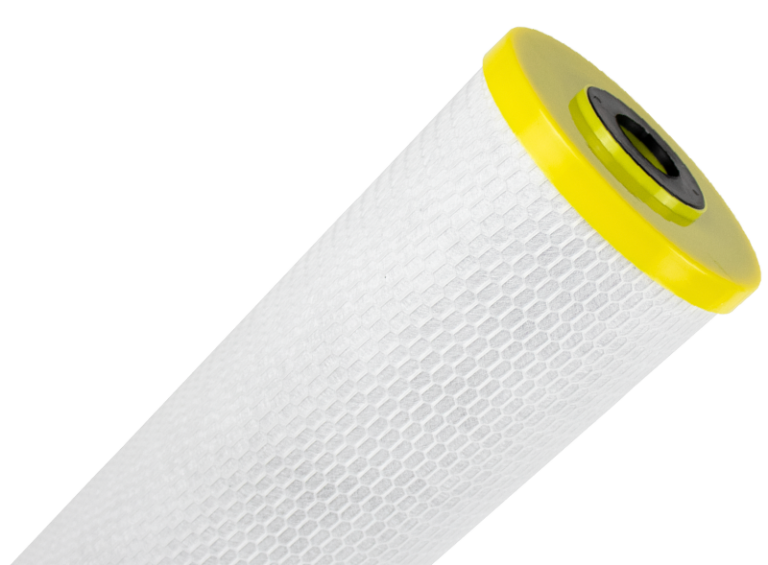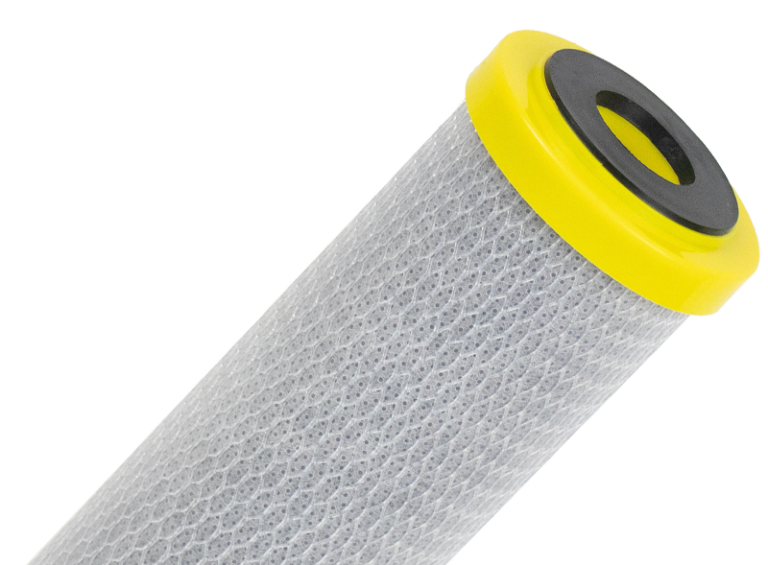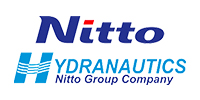Does Chloramine Affect You and Your Application?
As chloramine usage becomes dominant in UK water supplies, multiple industries find themselves adversely affected. How do you know if your application requires protection against chloramine and, more importantly, how to remove it from your supply? We’re here to give you all the answers you need.
Firstly, what is chloramine and why is it suddenly an issue? Chloramine is a chemical formed when ammonia is added to chlorine. A growing amount of water supply companies use this chemical to treat their water. Chlorine is the alternative to chloramine; however, chlorine evaporates when travelling through the pipes. Utility companies do not have to clarify which disinfectant method they use in their water supply, making it difficult to target the removal of specific chemicals.
Even though the World Health Organization deems small amounts of chloramine safe for human consumption, there are adverse effects on various industries and applications.
Applications Affected By Chloramine
Aquatics: Fish kept in aquariums or ponds are extremely sensitive to chloramine, killing living cells and most often damaging sensitive gills and the skin that covers their entire bodies, making chloramine fatal to aquatic life. Aquatic shops must treat their water before it reaches the fish.
Brewing: Chloramine and chlorine kill microbes such as yeast. By allowing these chemicals into the production process, the yeast becomes their target, leaving brewers with a medicinal or plastic taste in their final product, creating unwanted waste product and raising production costs.
Renal Dialysis: Chloramine will destroy erythropoietin (EPO), a hormone that signals your bone marrow to make red blood cells. In every dialysis application, it is critical to remove chloramine before reaching a patient to avoid the need for EPO doping.
Reverse Osmosis (RO): This technology does not target chloramine directly, leaving users vulnerable to the adverse effects. Utilising a carbon filter before the RO stage of a system provides protection against chloramine and allows the RO stage to function correctly.
Soft Drink Dispensing: Like the brewing industry, chloramine negatively impacts the taste of a soft-drink beverage, creating unwanted waste product and raising production costs.
Stainless Steel: Whether you’re using a combi-oven, an autoclave, or any equipment using stainless steel, the presence of chloramine will cause pitting. A pitted surface encourages bacteria growth in the newly formed crevices.
How To Remove Chloramine From Your Supply
Activated Carbon Filters
Modified catalytic carbon filters are the most effective filtration technology for removing chloramine. Why? Ultra-porous media allows the removal of large molecules such as chloramine. Standard carbon filters will only remove traces of chloramine, whilst catalytic carbon filters provide a targeted approach to remove up to 99%, protecting against chloramine.
We recommend the SPECTRUM PCB and the SPECTRUM FibreOnyx PFBC as our go-to products for targeting chloramine!














